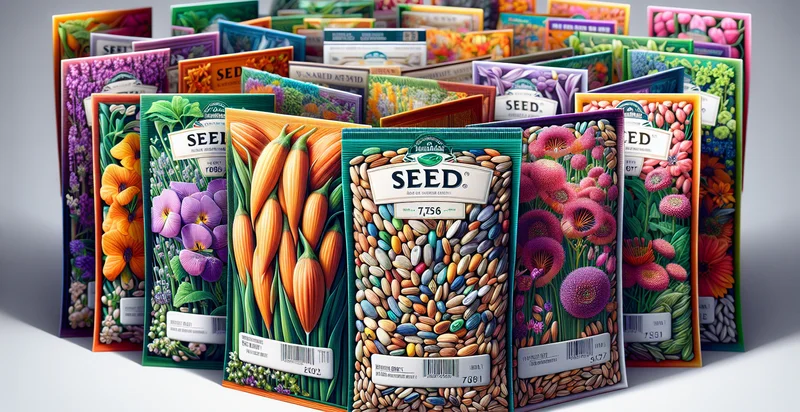Identify photo editing brands
using AI
Below is a free classifier to identify photo editing brands. Just upload your image, and our AI will predict what type of photo editing brand it is - in just seconds.

Contact us for API access
Or, use Nyckel to build highly-accurate custom classifiers in just minutes. No PhD required.
Get started
import nyckel
credentials = nyckel.Credentials("YOUR_CLIENT_ID", "YOUR_CLIENT_SECRET")
nyckel.invoke("photo-editing-brands", "your_image_url", credentials)
fetch('https://www.nyckel.com/v1/functions/photo-editing-brands/invoke', {
method: 'POST',
headers: {
'Authorization': 'Bearer ' + 'YOUR_BEARER_TOKEN',
'Content-Type': 'application/json',
},
body: JSON.stringify(
{"data": "your_image_url"}
)
})
.then(response => response.json())
.then(data => console.log(data));
curl -X POST \
-H "Content-Type: application/json" \
-H "Authorization: Bearer YOUR_BEARER_TOKEN" \
-d '{"data": "your_image_url"}' \
https://www.nyckel.com/v1/functions/photo-editing-brands/invoke
How this classifier works
To start, upload your image. Our AI tool will then predict what type of photo editing brand it is.
This pretrained image model uses a Nyckel-created dataset and has 25 labels, including Adobe, Affinity, Befunky, Canva, Capture One, Corel, Darktable, Fotor, Gimp and Inpaint.
We'll also show a confidence score (the higher the number, the more confident the AI model is around what type of photo editing brand it is).
Whether you're just curious or building photo editing brands detection into your application, we hope our classifier proves helpful.
Related Classifiers
Need to identify photo editing brands at scale?
Get API or Zapier access to this classifier for free. It's perfect for:
- Brand Verification: This function can assist e-commerce platforms in verifying the authenticity of branded products listed for sale. By identifying whether images conform to the visual style and branding of known photo editing brands, platforms can reduce fraud and protect their reputation.
- Social Media Monitoring: Marketing teams can utilize this function to monitor social media for unauthorized use or misrepresentation of their brands. By identifying false imagery that doesn't align with their brand identity, companies can take action against misuse and maintain brand integrity.
- Influencer Collaboration Assessment: Brands can use this classification function to assess the authenticity of images posted by influencers during collaborations. By confirming the alignment of images with their brand's visual style, companies can ensure that influencer partnerships accurately represent their brand.
- Content Moderation: Online communities and forums can leverage this function to moderate user-generated content. By classifying false images related to photo editing brands, platforms can identify and remove misleading or harmful content, ensuring a trustworthy environment for users.
- Advertising Quality Control: Advertising agencies can implement this function to maintain quality standards in campaigns. By identifying any misleading or poorly edited images that do not represent the photo editing brand faithfully, agencies can ensure that promotional materials are both appealing and authentic.
- Brand Training Tools: Educational platforms for marketing professionals can integrate this classification function into their training programs. By using real-world examples of false images, learners can better understand brand representation and the importance of authenticity in visual content.
- Visual Search Optimization: Image search engines can enhance their algorithms to filter out false images that misrepresent photo editing brands. By improving the accuracy of visual searches, users will be more likely to find genuine and relevant content, enhancing overall user experience.


